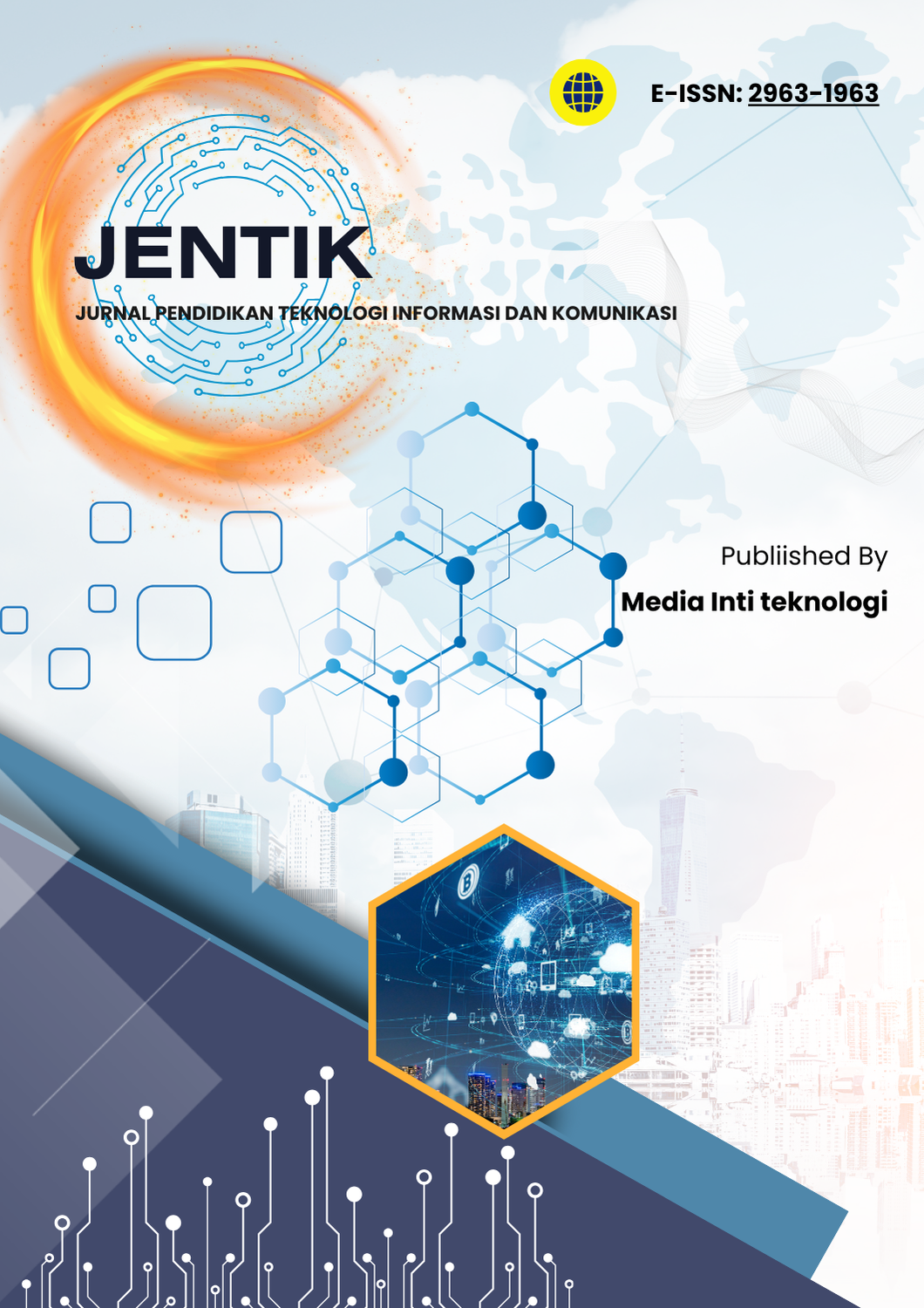Feasibility Test of Moocs Platform Development for Interactive Adaptive Digital Modules for Hybrid Classes Implementation in Providing Easy Access for Students with Disabilities
Main Article Content
Abstract
This article aims to present the results related to the feasibility test of the moocs platform for interactive adaptive digital modules for the implementation of hybrid classes in providing easy access for students with disabilities that have been developed. The research was conducted in 2024 by 3 researchers. Researchers developed the product by applying the ADDIE model (Analysis, Design, Develop, Implementation, Evaluation). One of the processes of the development model is to conduct a feasibility test on the product being developed. The feasibility test was carried out by 4 validators by filling out a closed questionnaire. The aspects that were the focus of the assessment by the validators were the Graphics Aspect, Media Aspect, Language Feasibility Aspect, Presentation Feasibility Aspect, and Content Feasibility Aspect. The feasibility test of the developed product was carried out by 4 validators with the focus of the assessment being the Graphics Aspect, Media Aspect, Language Feasibility Aspect, Presentation Feasibility Aspect, and Content Feasibility Aspect. In the four aspects that were the focus of the assessment by the validators, the percentage value obtained was above 85%. So, it can be concluded that the product being developed is feasible to be implemented.
Downloads
Article Details
Copyright (c) 2024 Vika Fitranita, Eko Risdianto, Mona Ardina

This work is licensed under a Creative Commons Attribution-ShareAlike 4.0 International License.
References
Al-Ansi, A. M., Jaboob, M., Garad, A., & Al-Ansi, A. (2023). Analyzing augmented reality (AR) and virtual reality (VR) recent development in education. Social Sciences and Humanities Open, 8(1), 100532. https://doi.org/10.1016/j.ssaho.2023.100532
Al-Samarraie, H., & Saeed, N. (2018). A scoping review of cloud computing tools for collaborative learning: Opportunities and challenges to the blended-learning environment. Computers and Education, 124, 77–91. https://doi.org/10.1016/j.compedu.2018.05.016
Alhadi, A., Nuryani, P., Rohimah, S., & Andriani, O. (2024). Analisis Landasan Yuridis dalam Pendidikan Inklusi. Jurnal Ventilator, 2(1), 01–06. https://doi.org/10.59680/ventilator.v2i1.869
Cieza, A., Sabariego, C., Bickenbach, J., & Chatterji, S. (2018). Rethinking Disability. BMC Medicine, 16(1), 10–14. https://doi.org/10.1186/s12916-017-1002-6
Demmanggasa, Y., Sabilaturrizqi, M., Kasnawati, Mardikawati, B., Ramli, A., & Arifin, N. Y. (2023). Digitalisasi Pendidikan: Akselerasi Literasi Digital Pelajar Melalui Eksplorasi Teknologi Pendidikan. Community Development Journal, 4(5), 11158–11167. https://doi.org/10.31004/cdj.v4i5.22045
Dunn, K., Rydzewska, E., Fleming, M., & Cooper, S. A. (2020). Prevalence of mental health conditions, sensory impairments and physical disability in people with co-occurring intellectual disabilities and autism compared with other people: A cross-sectional total population study in Scotland. BMJ Open, 10(4), 1–10. https://doi.org/10.1136/bmjopen-2019-035280
Febriana, S., & Indriasari, S. (2024). Pemenuhan Hak Pendidikan Bagi Penyandang Disabilitas Di Kabupaten Klaten. Fenomena: Jurnal Ilmu Sosial, 04(01), 1–15. https://doi.org/10.14420/33cxma76
Ferizaldi, F., & Fazlina, F. (2020). Implementasi Program Pendidikan Inklusif di Kabupaten Bireuen. HUMANIS: Jurnal Ilmu Administrasi Negara, 6(2), 150–160. https://doi.org/10.52137/humanis.v6i1.24
Fitria, T. N. (2023). Augmented Reality (AR) and Virtual Reality (VR) Technology in Education: Media of Teaching and Learning: A Review. International Journal of Computer and Information System (IJCIS) Peer Reviewed-International Journal, 04(01), 2745–9659. https://doi.org/10.29040/ijcis.v4i1.102
Gocen, A., & Aydemir, F. (2020). Artificial Intelligence in Education and Schools. Research on Education and Media, 12(1), 13–21. https://doi.org/10.2478/rem-2020-0003
Hanif, S., Wijaya, A. F. C., & Winarno, N. (2019). Enhancing Students’ Creativity through STEM Project-Based Learning. Journal of Science Learning, 2(2), 50–57. https://doi.org/10.17509/jsl.v2i2.13271
Kiani, R., Bhaumik, S., Tyrer, F., Bankart, J., Miller, H., Cooper, S. A., & Brugha, T. S. (2019). The relationship between symptoms of autism spectrum disorder and visual impairment among adults with intellectual disability. Autism Research, 12(9), 1411–1422. https://doi.org/10.1002/aur.2138
Kovalevskaia, N., Gilyazeva, E. N., Lobazova, O. F., Duborkina, I. A., & Sokolova, A. P. (2021). Impact of digital services of hybrid cloud-based learning environment on efficiency of education. Revista Tempos E Espaços Em Educação, 14(33), 1–16. https://doi.org/10.20952/revtee.v14i33.15297
Shin, M.-H. (2018). Effects of Project-based Learning on Students’ Motivation and Self-efficacy. English Teaching, 73(1), 95–114. https://doi.org/10.15858/engtea.73.1.201803.95
Zhai, X., Chu, X., Chai, C. S., Jong, M. S. Y., Istenic, A., Spector, M., Liu, J. B., Yuan, J., & Li, Y. (2021). A Review of Artificial Intelligence (AI) in Education from 2010 to 2020. Complexity, 2021, 1–18. https://doi.org/10.1155/2021/8812542



 Vika Fitranita
Vika Fitranita
